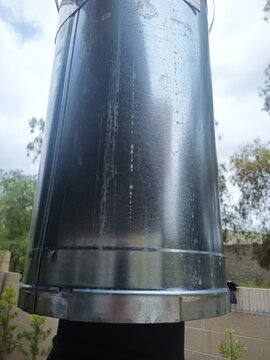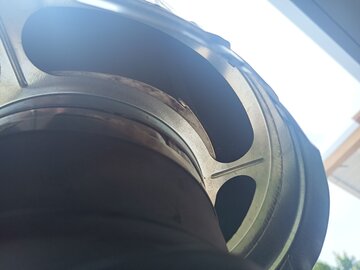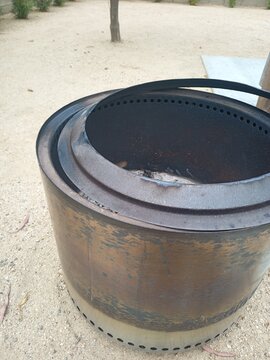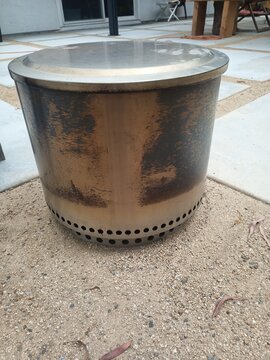I'm getting close to purchasing all the chimney and stove pipe for a new install wood stove, Alderlea T5. Install will be from main level and then directly through attic with a 30 degree bend to achieve a 31.25" offset. I need to move the roof penetration away from the valley. And following the 10/2 rule, I'll be about 6'-7' out of the roof.
My question is of cost and benefit analysis for the Class A chimney pipe. Roughly part for part, I have priced out Menard's Supervent and Rockford Chimney's Rock-Vent. The Supervent at Menards is roughly $1300 and the Rock-Vent is roughly $3300.
Mostly, the differences that I'm finding are: Supervent is 304 Stainless while Rock-Vent is 304L Stainless. Supervent has 1" insulation while Rock-Vent has 1.25" insulation. And finally Supervent has a 10 year limited warranty while Rock-Vent has a lifetime transferrable Warranty.
Should I spend the extra $2000? My budget is tight! However, from my reading on this forum for a long time, it is apparent that when installing a new chimney, to treat it as infrastructure and buy premium for the safety. Piece of mind would come with Rock-Vent likely. ha. However, is Supervent that much worse? $2000 worse?
They do each seem to have welded seams and 0.016" steel thickness ID. As I will only be installing once, the Supervent rings won't be much of a burden. My goal is for safety here. I'm willing to pay the $2000 to not have my children die in a fire. Keep in mind I might always be perfect when using the stove. I will harvest my own wood, but until I have enough built up and seasoned, I'll likely purchase seasoned wood for a year or two. I do have a moisture meter to measure a fresh split before burning. I have a heatpump HVAC and plan to use the woodstove at least over the weekends and on quite cold periods. It is not out of the picture to use the woodstove as often as I can for heat.
Why should I or not chose one over the other?
My question is of cost and benefit analysis for the Class A chimney pipe. Roughly part for part, I have priced out Menard's Supervent and Rockford Chimney's Rock-Vent. The Supervent at Menards is roughly $1300 and the Rock-Vent is roughly $3300.
Mostly, the differences that I'm finding are: Supervent is 304 Stainless while Rock-Vent is 304L Stainless. Supervent has 1" insulation while Rock-Vent has 1.25" insulation. And finally Supervent has a 10 year limited warranty while Rock-Vent has a lifetime transferrable Warranty.
Should I spend the extra $2000? My budget is tight! However, from my reading on this forum for a long time, it is apparent that when installing a new chimney, to treat it as infrastructure and buy premium for the safety. Piece of mind would come with Rock-Vent likely. ha. However, is Supervent that much worse? $2000 worse?
They do each seem to have welded seams and 0.016" steel thickness ID. As I will only be installing once, the Supervent rings won't be much of a burden. My goal is for safety here. I'm willing to pay the $2000 to not have my children die in a fire. Keep in mind I might always be perfect when using the stove. I will harvest my own wood, but until I have enough built up and seasoned, I'll likely purchase seasoned wood for a year or two. I do have a moisture meter to measure a fresh split before burning. I have a heatpump HVAC and plan to use the woodstove at least over the weekends and on quite cold periods. It is not out of the picture to use the woodstove as often as I can for heat.
Why should I or not chose one over the other?







